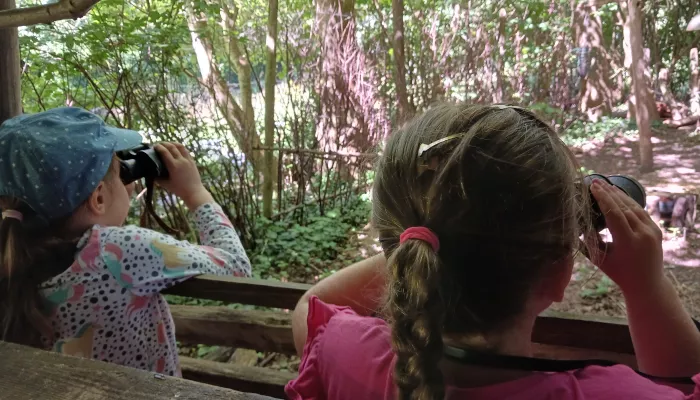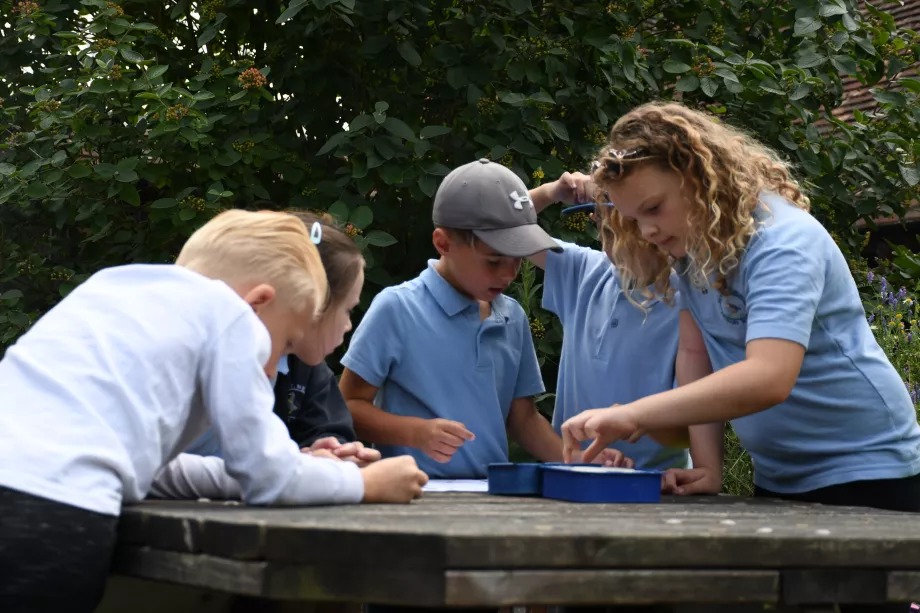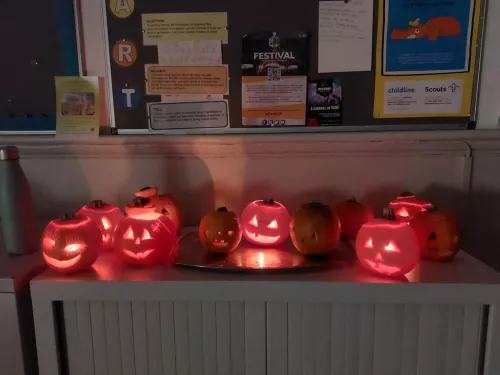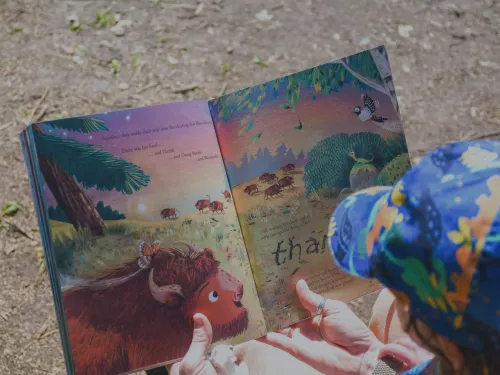
10 must-visit Kent woodlands
Be sure to check out these 10 woods whilst exploring Kent, each offering something a little different across the county.


We’re all ‘guilty’ of going far afield for our dose of nature, or even staying home and watching documentaries about rainforests and the depths of the ocean. We don’t blame you for doing either of those! But it’s worth paying a bit more attention to nature on your doorstep and doing so can help us feel more a part of the world around us.
Whether your home or school is in a rural or urban area, it might surprise you how much you can find there. Challenge children to find and list the wildlife they see – be it a plant stubbornly finding its way through concrete or an ant soldiering home.
A manifesto is a statement that outlines beliefs, aims, goals, and commitments. This can be an interesting activity for all ages of children, but perhaps particularly those aged between 10 and 16 because it involves some critical thinking.
Start by encouraging children to think about what matters to them in nature. What do they like about the outdoors? What do they wish for the future of the world?
If they were a King, Queen, or Prime Minister, what would their manifesto for wildlife be? Some examples:
I want a world where all animals are looked after equally
I want everyone to be able to play outside in nature
I promise to get rid of littering and make the world a cleaner, safer place for wildlife
I’m going to do all I can to reduce, reuse, and recycle.
This is just the starting point of their statement. They can use their initial ideas to bring their manifesto to life, by either:
Painting it – they might like to draw or paint the future world they want for wildlife
Writing a poem – incorporate their promises and desires into a poem
Write an essay – older kids might enjoy trying to write an essay on their manifesto, backing up their ideas with resources from the internet.
The key here is in encouraging children to think about what matters to them and wildlife and to communicate that however they prefer. ‘Using your voice’, after all, doesn’t have to be a vocal activity.
What better way to understand your place in the world than to quite literally feel it? Den building is hands-on and fun for groups, be it families or classes.
Head out to a woodland and use whatever natural materials you can find laying around to make a shelter. Try not to disturb wildlife, though, and only use fallen branches and sticks. If you’re in a particularly special woodland, like an ancient woodland, den building can be left to the badgers – but check out any on-site signage if you’re not sure.
Den building is tactile and, when done with friends, encourages collaboration and communication to get the best result. Plus, one of the best bits is getting to sit in your den afterwards and watch out for wildlife through the gaps!

Citizen science is any project or research done with the help of the public. Kent Wildlife Trust’s ‘Bugs Matter’ project is just one example of citizen science, in which people across the UK send us information about the bugs that appear on their numberplates. This helps us to understand insect populations.
By taking part in citizen science, you could be contributing to important scientific research and perhaps even exciting breakthroughs – who knows?!
The BBC has a great page on getting started with citizen science here.
Whatever you take part in, it’s well worth encouraging children to:
Enjoy the process! Some activities, like watching out for certain wildlife species, can be focused and peaceful.
Reflect. It’s cool to know that you have contributed to research. Even the smallest of actions add up to a lot.
Slightly different from the manifesto for wildlife, this activity involves thinking about some tangible things you could do to help our environment. What eco-friendly changes could you make?
Depending on the age of the children and the setting, this could be a good chance to try to use problem-solving skills. First, you could present them with some facts, like:
Water is not a limitless resource – we need to be careful about how we use it
The rubbish we throw in the black bin goes to landfill, where it produces carbon dioxide which is bad for the environment
As we take away more natural spaces, many species struggle to find places to eat and drink – birds, for example, may find it hard to locate water they can drink and bathe in.
Encourage them to think of some things they could do at home and school to help the natural world. From the list above, they might think of:
Saving water by turning off taps when not using them (e.g. when brushing teeth)
Using the ‘reduce, reuse, recycle’ method to reduce waste that goes to landfill
Creating feeding stations and water baths for birds. Check out our guide to feeding birds here.
Use our ‘65 green actions’ blog for more inspiration.
Gardening has long been thought of as a mindful, calming activity. But it’s also often seen as something to leave with the adults!
Why not get the kids out in the garden, balcony, or shared space – any area where you can spare a pot or patch – and get them gardening? It can be really exciting to plant something and see a sprout pop up in just a few weeks. Just make sure you get your hands on some native wildflower seeds so that they’re suited to the environment, and then get sowing.
💡A nice addition to this activity is to plant with intention (literally!). Say your hopes for the seeds out loud: “May you be a happy and healthy flower.” It might feel silly at first, but it’s a great way to make sure you’re grounded in the present moment – just focusing on the planting. Invite the kids to feel the soil under their fingers and listen carefully for the sound of water hitting the earth as they water the seeds lightly for the first time.
Return to your wildflower patch often to check on your seedlings, water them, and watch them grow.
Lastly, a great way to look after your mental health this Children’s Mental Health Week and beyond is to pay a visit to a local nature reserve. Take a look at a map to see what’s nearby – there might be a hidden gem you’ve never visited.
Check out the Kent Wildlife Trust reserves in your area and see what wildlife events are coming up, including our Wilder Holiday Club in February half term! We’ve also got lots of education resources here, including downloadable colouring sheets and spotter guides.
Have these tips been helpful? We hope you get to enjoy some time out in nature soon, breathing in fresh air and breathing out day-to-day worries. If nothing else, exploring the undergrowth, watching ‘creepy crawlies’, and making mud pies is a bucketload of fun! You can learn more about Kent Wildlife Trust’s commitment to Nature for Wellbeing here.

Be sure to check out these 10 woods whilst exploring Kent, each offering something a little different across the county.

Here's how to make your Halloween sustainable, from trick-or-treating more responsibly to using the entire pumpkin.

Check out our list of ten brilliant nature-themed books for children, all sorted by recommended reading age for ease of browsing!